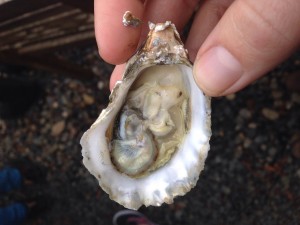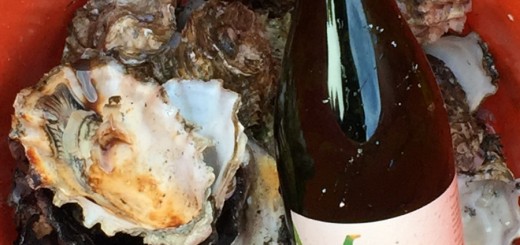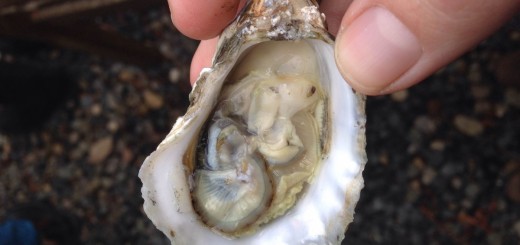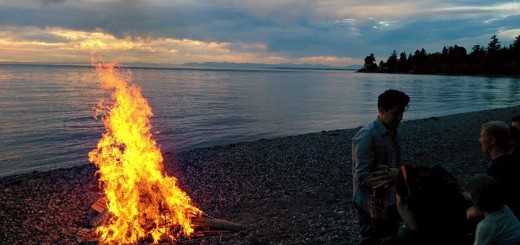Marketing Meroir
Oysters are beautiful examples of meroir. The sea water oysters they are raised in that greatly effects their tastes, ranging from sweet, briny, metallic to earthy flavors (Jacobson 2012). For over 4,000 years, Native Americans in the United States have harvested oysters. Sustainable harvesting became an issue when large communities of colonist began to commercialize in the 1,800’s (White, pg 43). A large contribution to the decrease in wild oysters on the west coast is due to the delayed creation of seed hatcheries until 1970. With the availability of seed, oysters farm began to emerge along the coasts. In 1922, the Hama Hama Oyster company founded on the Hood Canal, a glacially carved fjord that separates the Olympic peninsula from the rest of the continent. This unique fjord has a constant inflow of fresh water from the Hood River, which brings clean forest nutrients from upstream. This combination is the Hama Hama Company’s largest marketing ploy, a incredibly unique meroir due to constant flow of clean river water over the farm and estuaries. Many argue that oysters grown in the Hama Hama canal have the most unique taste and fresh citrus flavors. Hama Hama ships their oysters directly to restaurants who proudly display their farm to table products, a fast growing way to add value to a menu. Oysters were an essential element to Native American economy and life style along the coasts for centuries. Today, oysters around the world are associated with special occasions as well as everyday meals. Marketing meroir is essential to preserving the demand for these unique creatures.
Photo by Nikki, Post by Nikki







